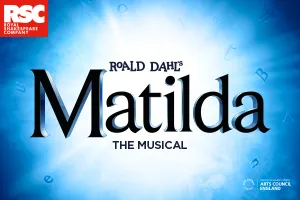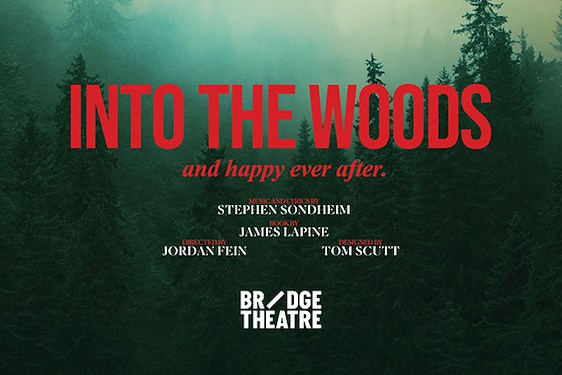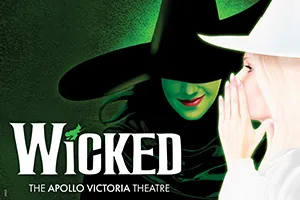The Hunger is a chilling horror, following mother and daughter Deborah and Megan as they attempt to fend for themselves amid an apocalyptic pandemic. Factory meat has spread a disease across the globe, turning other humans into threats against the two women who have survived by living off the livestock at their farm.
The Hunger is absolutely a must-see at this year’s Fringe
The play opens with a blood-curdling scream, appropriately setting the tone for the rest of the piece. I am put on the edge of my seat, and remain enraptured until the final scene. Megan, played by Madeleine Farnhill, is a naive and anxious girl, with a youthful commitment to an innocent approach to morality. Farnhill is excellent from start to finish, executing both subtle nerves and manic rage with firm confidence; I am wholly convinced by her performance. Diseased humans regularly approach the farmhouse, and both actors gaze fixedly behind the audience with such poise and focus so as to create terrifying tension. These moments showcase their acting at its very best, as I feel the urge to check over my shoulder to see if there really is a monster there. Helen Fullerton commands the space with maternal power as Deborah, and at times, feels as intimidating as the incorporeal threats looming over the stage. She showcases an impressive range, treading the line between motherly love and desperate abandon; I am unsure throughout whether to trust or fear her.
The portrayal of mother-daughter relationships is where the script finds its strength. Megan approaches her mother with a trepidatious love, whilst Deborah’s actions push us to question how far one can take tough love without becoming cruel. Love is not pure and simple in The Hunger, and the raw, realistic glimpses of struggle between affection and survival is what grounds the script in the hearts of its audience despite the dystopian setting. Director Natalie Simone deserves much praise for her handling of the twist, and how it affects not only the characters themselves but how they view one another; the shift is achieved masterfully in the development of the spatial relationship between Megan and Deborah alone. Both actors hit emotional heights without ever slipping into the histrionic, providing the piece with a moving yet satisfying climax.
Despite the small stage, the performance is never made to feel cramped or limited. The set pieces of a kitchen table with two chairs, a sideboard with a window and a food container is enough to immerse us in this disturbing atmosphere. Much of the realism is achieved through the excellent lighting design, shifting from warm sunlight to to eerie blue moonlight, the attention to detail truly pushing this show to brilliance.
The Hunger is absolutely a must-see at this year’s Fringe. If you have a craving for something dark and engaging, Studio Four at Assembly George Square is where to go.


















